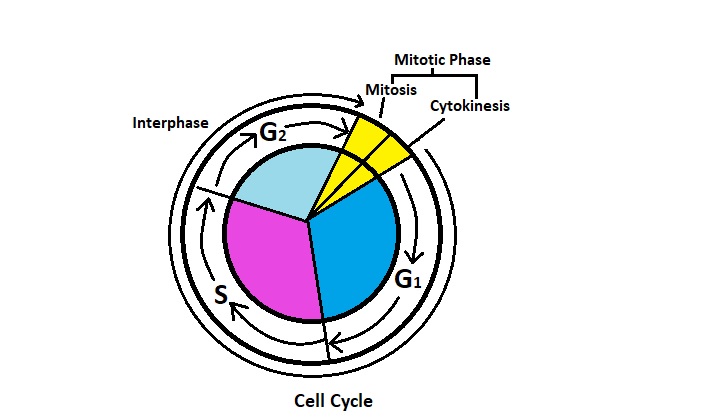The cell cycle is carefully controlled to ensure that cells replicate and divide accurately. To maintain the integrity of the genetic material and prevent errors, cells have developed intricate control mechanisms known as cell cycle checkpoints.

The Cell Cycle:
Before diving into the checkpoints, let's briefly review the different phases of the cell cycle. The cell cycle has four main stages: G1 (Gap 1), S (Synthesis), G2 (Gap 2), and M (Mitosis). In the G1 phase, the cell grows and gets ready to copy its DNA. During the S phase, the DNA is replicated. In the G2 phase, the cell prepares for division. Finally, in the M phase, the process of mitosis occurs.
Cell Cycle Checkpoints:
Cell cycle checkpoints act as quality control mechanisms at specific points in the cell cycle. They ensure that critical processes such as DNA replication, DNA damage repair, and chromosome segregation are accurately completed before the cell progresses to the next phase. Let's explore the three main checkpoints:
a) G1 Checkpoint:
The G1 checkpoint, also known as the restriction point, assesses whether conditions are favorable for the cell to proceed into the S phase and initiate DNA replication. It checks for proper cell size, nutrient availability, growth factors, and DNA damage. If the conditions are inadequate or DNA damage is detected, the cell may enter a non-dividing state called the G0 phase or undergo programmed cell death (apoptosis).
b) G2 Checkpoint:
The G2 checkpoint takes place at the end of the G2 phase, just before the cell begins mitosis. It ensures that DNA replication is complete and checks for DNA damage or replication errors. If DNA damage is detected, the cell cycle pauses to allow time for the DNA to be repaired. If the damage cannot be repaired, the cell may undergo apoptosis.
c) Mitotic Checkpoint:
The mitotic checkpoint, also called the spindle checkpoint, takes place during mitosis. It ensures proper attachment and alignment of chromosomes on the spindle apparatus before the cell proceeds with chromosome segregation. If errors or misalignments are found, the checkpoint pauses mitosis until the problems are corrected.
Regulation of Checkpoints:
Cell cycle checkpoints are regulated by a complex network of proteins, including cyclins and cyclin-dependent kinases (CDKs). These proteins act as molecular switches, activating or inhibiting various components of the cell cycle machinery. Regulatory proteins such as p53 play a crucial role in monitoring DNA damage and initiating cell cycle arrest or apoptosis if necessary.
Implications of Checkpoint Dysfunction:
Malfunctioning cell cycle checkpoints can lead to severe consequences. If checkpoints fail to detect DNA damage or replication errors, cells with damaged DNA may continue to divide, leading to genomic instability and potentially contributing to the development of cancer. On the other hand, overly active checkpoints can cause prolonged cell cycle arrest and interfere with normal cell growth.
Cell cycle checkpoints are vital for maintaining genomic stability and preventing the propagation of damaged cells. Understanding these checkpoints, their regulation, and their implications is crucial for comprehending the intricate control mechanisms governing cell division.